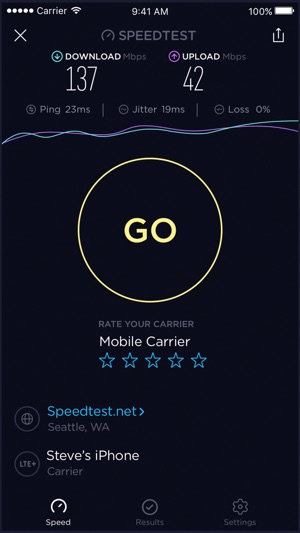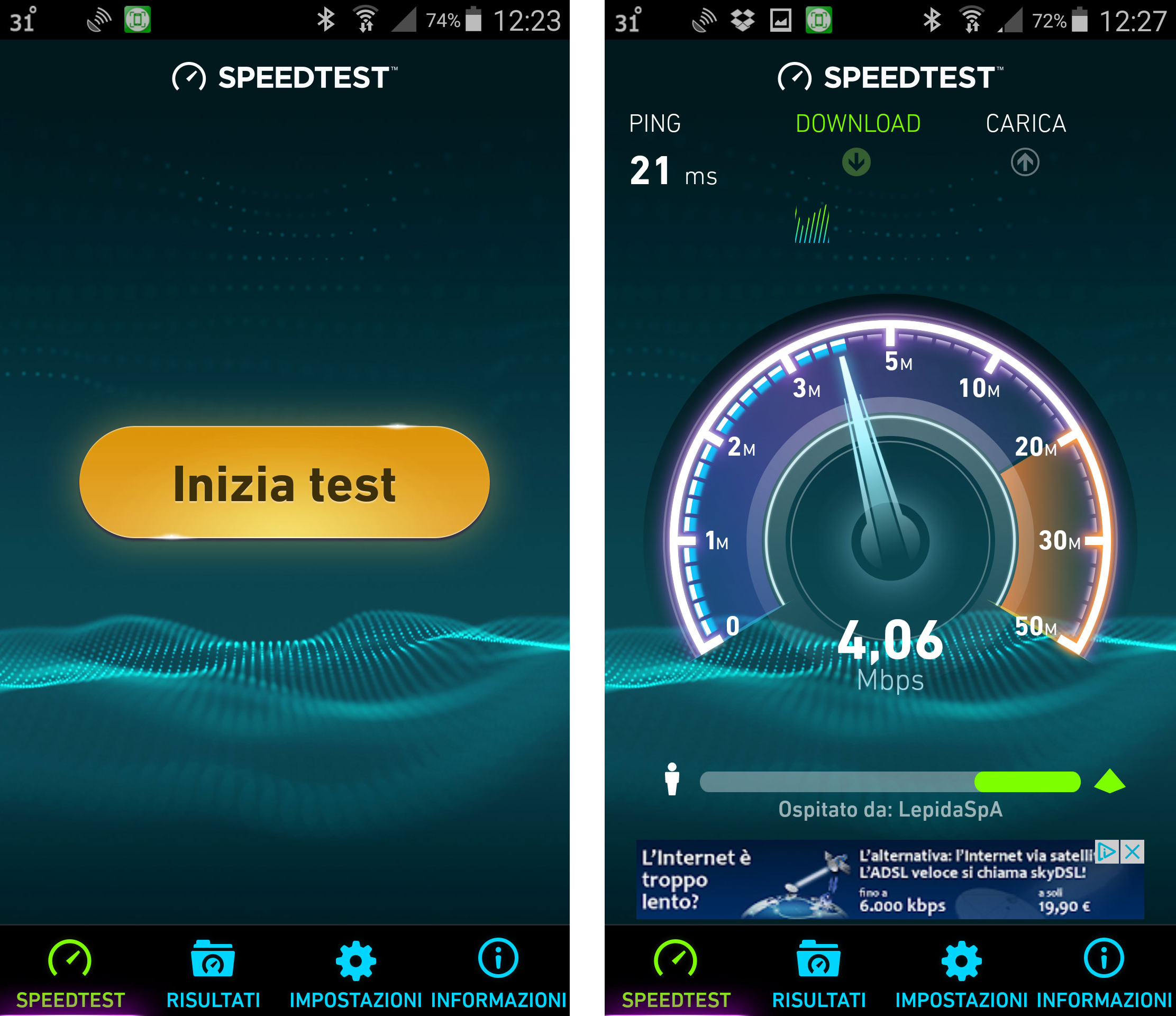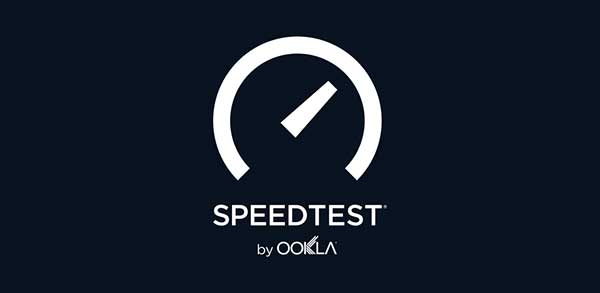

Starlink is a viable solution for users living in rural or remote areas that lack traditional broadband services, as it only requires a clear view of the sky for reception. The system is becoming increasingly popular among users worldwide, with an estimated one million subscribers from various regions, including North America, Europe, and Australia. Starlink is a satellite internet system developed by Elon Musk's SpaceX that makes use of a vast network of more than 4,000 low-orbit satellites and self-adjusting receiver dishes to provide high-speed internet services. By comparing these numbers, well as our own Starlink test results, we can get a pretty good idea of how these different competing services will do for any US-based users considering the service. This data set includes speeds for downloads, uploads, and latency from the thousands of unique user results that are tested and gathered by Ookla's daily.

For our purposes, the US data is what's pertinent. (Ookla is owned by Ziff Davis, PCMag's parent company.) It looks broadly at North America, including Canada, Mexico, and island nations like the Dominican Republic.

For this article, we specifically are referencing data from Ookla's Q3 2022 survey of satellite internet providers. Using data from major industry surveys, we can compare Starlink speeds to other major competitors, giving you a clearer picture of how the SpaceX internet service stacks up against whichever services are available in your area. Best Hosted Endpoint Protection and Security Softwareīut what people want to know isn't merely "Does Starlink work?" The real question is whether it's better than whatever other ISP options they're considering, especially competing satellite ISPs like HughesNet or Viasat.


 0 kommentar(er)
0 kommentar(er)
